The dream of interstellar travel has captivated humanity for generations. From science fiction novels to ambitious space programs, we've long envisioned journeying beyond our solar system to explore distant worlds. Yet as we stand on the brink of becoming a spacefaring civilization, we're forced to confront an invisible but deadly obstacle that could make prolonged space travel impossible: cosmic rays.
These high-energy particles, originating from distant supernovae and other cosmic events, permeate the vacuum of space with terrifying intensity. Unlike the radiation we encounter on Earth, which is largely blocked by our atmosphere and magnetic field, cosmic rays in deep space represent an existential threat to biological organisms. Their ability to damage DNA at the molecular level could render long-duration space missions suicidal for astronauts and potentially limit human expansion into the cosmos.
The nature of cosmic radiation differs fundamentally from the radiation we're familiar with on Earth. These aren't mere photons like X-rays or gamma rays, but rather subatomic particles accelerated to nearly the speed of light. When we speak of cosmic rays, we're primarily referring to protons (about 90%) and helium nuclei (about 9%), with the remainder consisting of heavier atomic nuclei and electrons. What makes them particularly dangerous is their tremendous energy - some cosmic rays carry kinetic energy comparable to a fast-pitched baseball, but concentrated in a single subatomic particle.
When these high-energy particles collide with human tissue, they don't just pass through harmlessly like lower-energy radiation might. Instead, they create what radiation biologists call "dense ionization tracks" - essentially microscopic trails of destruction through cells. The damage occurs because these particles are moving so fast that their electromagnetic fields strip electrons from atoms they pass near, breaking molecular bonds indiscriminately. This is fundamentally different from the more familiar damage caused by ultraviolet light or medical X-rays.
The biological impact of cosmic ray exposure represents one of the most serious unsolved problems for space exploration. When these high-energy particles strike DNA molecules, they don't cause simple breaks that the body's repair mechanisms can easily fix. Instead, they create complex clusters of damage - multiple breaks, cross-links between strands, and irreparable alterations to the molecular structure. Over time, this accumulated damage leads to mutations, cell death, and dramatically increased cancer risk.
Studies on astronauts who've spent extended periods on the International Space Station show measurable DNA damage even with Earth's magnetic field providing partial protection. The effects would be orders of magnitude worse in deep space or on the surface of Mars, which lacks a substantial magnetic field. NASA's research indicates that a Mars mission could expose astronauts to radiation levels exceeding lifetime safety limits, with cosmic rays being the primary contributor.
Perhaps most alarming is what scientists have discovered about how cosmic rays affect brain tissue. Recent experiments at particle accelerators have shown that simulated cosmic radiation causes significant damage to neurons, particularly to dendritic structures crucial for neural communication. This suggests that prolonged exposure could lead to cognitive impairment, memory problems, and accelerated brain aging - hardly ideal conditions for astronauts needing to make critical decisions light-years from Earth.
Current shielding technologies offer little protection against the most energetic cosmic rays. The aluminum hulls of spacecraft, while effective against solar radiation, are nearly transparent to galactic cosmic rays. In fact, when these high-energy particles strike metal shielding, they can create dangerous secondary radiation through a process called spallation, where the impact generates showers of lower-energy particles that may be equally harmful.
Scientists have proposed various theoretical solutions, from magnetic force fields to water shielding, but each presents enormous practical challenges. Creating a magnetic field strong enough to deflect cosmic rays would require power sources and technology far beyond our current capabilities. Water or plastic shielding would need to be several meters thick to be effective, making spacecraft impractically massive. Even then, the highest-energy cosmic rays would penetrate anyway.
The time factor makes the problem particularly intractable. While we might imagine shielding that could protect astronauts for months or even a couple years, the duration needed for interstellar travel - decades or centuries - makes complete protection essentially impossible with known physics. Generation ships or sleeper ships would face the grim reality that their passengers might arrive at their destination riddled with cancer or suffering severe neurological damage.
Evolutionary considerations reveal why cosmic rays pose such a unique challenge to human biology. Over millions of years, life on Earth evolved sophisticated mechanisms to repair damage from ultraviolet radiation and other environmental stressors we routinely encounter. But we never developed defenses against high-energy particle radiation because Earth's magnetic field and atmosphere always shielded us. Our biochemistry simply has no natural way to cope with this type of damage at the intensities found in space.
Some researchers have speculated about genetic engineering or pharmaceutical solutions that might enhance DNA repair capabilities or make cells more resistant to radiation. While promising in theory, such approaches would require revolutionary breakthroughs in biotechnology. Even if we could make human cells more resistant, there would likely be trade-offs in terms of normal cellular function or increased cancer risk from the repair mechanisms themselves.
The implications for space colonization are profound. If we cannot solve the cosmic ray problem, human settlement of Mars or other worlds might require living underground or within heavily shielded structures permanently. The romantic vision of humans freely exploring alien landscapes may remain forever out of reach, constrained by the invisible rain of deadly particles from deep space. Interstellar travel might prove impossible for biological organisms, leaving robotic probes as our only means of exploring beyond the solar system.
As we continue planning crewed missions to Mars and beyond, the cosmic ray dilemma looms larger in scientific discussions. Some experts argue we're underestimating the risk, while others maintain that with proper precautions, the danger can be managed. What's certain is that as we reach further into space, we'll be forced to confront this fundamental limitation more directly. The same cosmic processes that created the elements making up our bodies may ultimately prevent us from journeying to their origins among the stars.
In the coming decades, solving the cosmic ray problem may become the defining challenge of space exploration. Whether through revolutionary physics, radical biological enhancements, or some yet-undiscovered solution, overcoming this barrier will determine if humanity can truly become an interstellar species or if we're forever bound to our solar system by an invisible cage of high-energy particles.

By /Jun 7, 2025
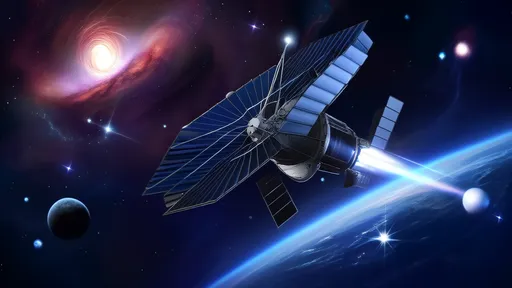
By /Jun 7, 2025

By /Jun 7, 2025
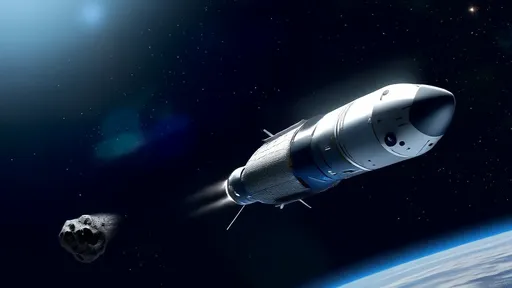
By /Jun 7, 2025
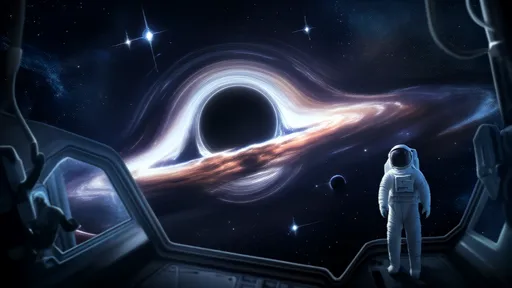
By /Jun 7, 2025

By /Jun 7, 2025

By /Jun 7, 2025
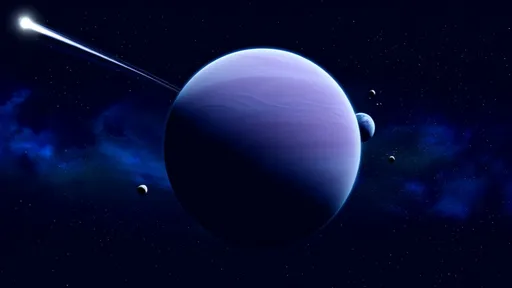
By /Jun 7, 2025
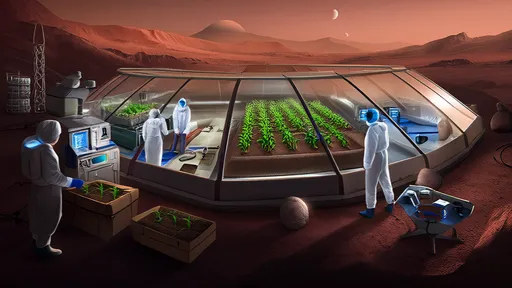
By /Jun 7, 2025

By /Jun 7, 2025

By /Jun 7, 2025

By /Jun 7, 2025

By /Jun 7, 2025

By /Jun 7, 2025

By /Jun 7, 2025

By /Jun 7, 2025

By /Jun 7, 2025
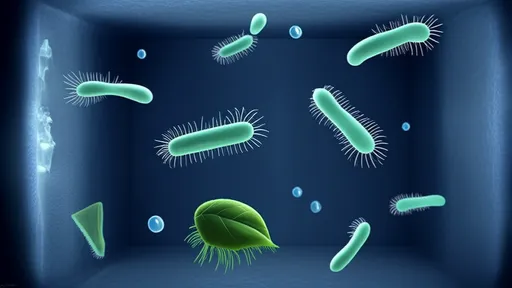
By /Jun 7, 2025

By /Jun 7, 2025

By /Jun 7, 2025